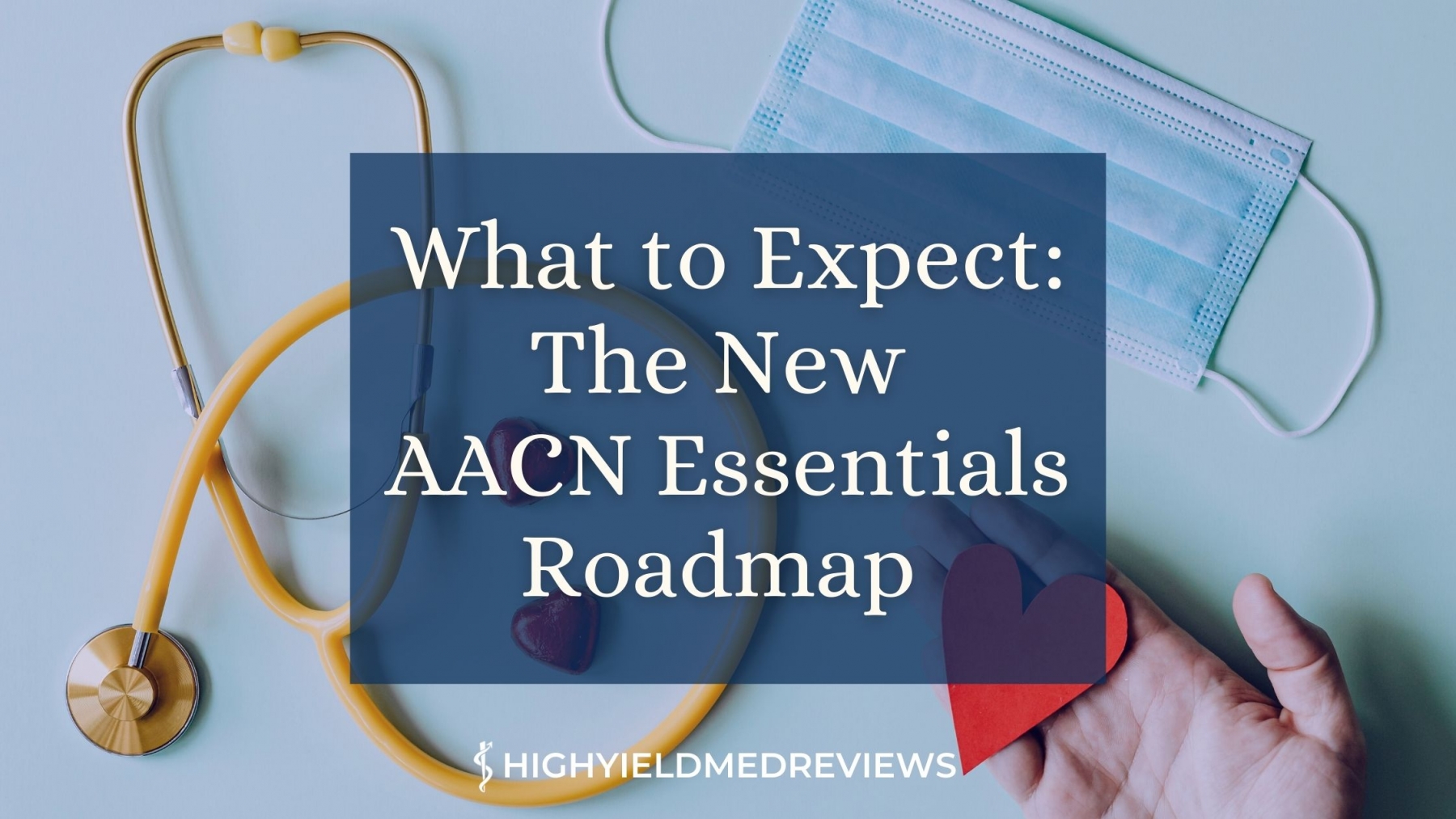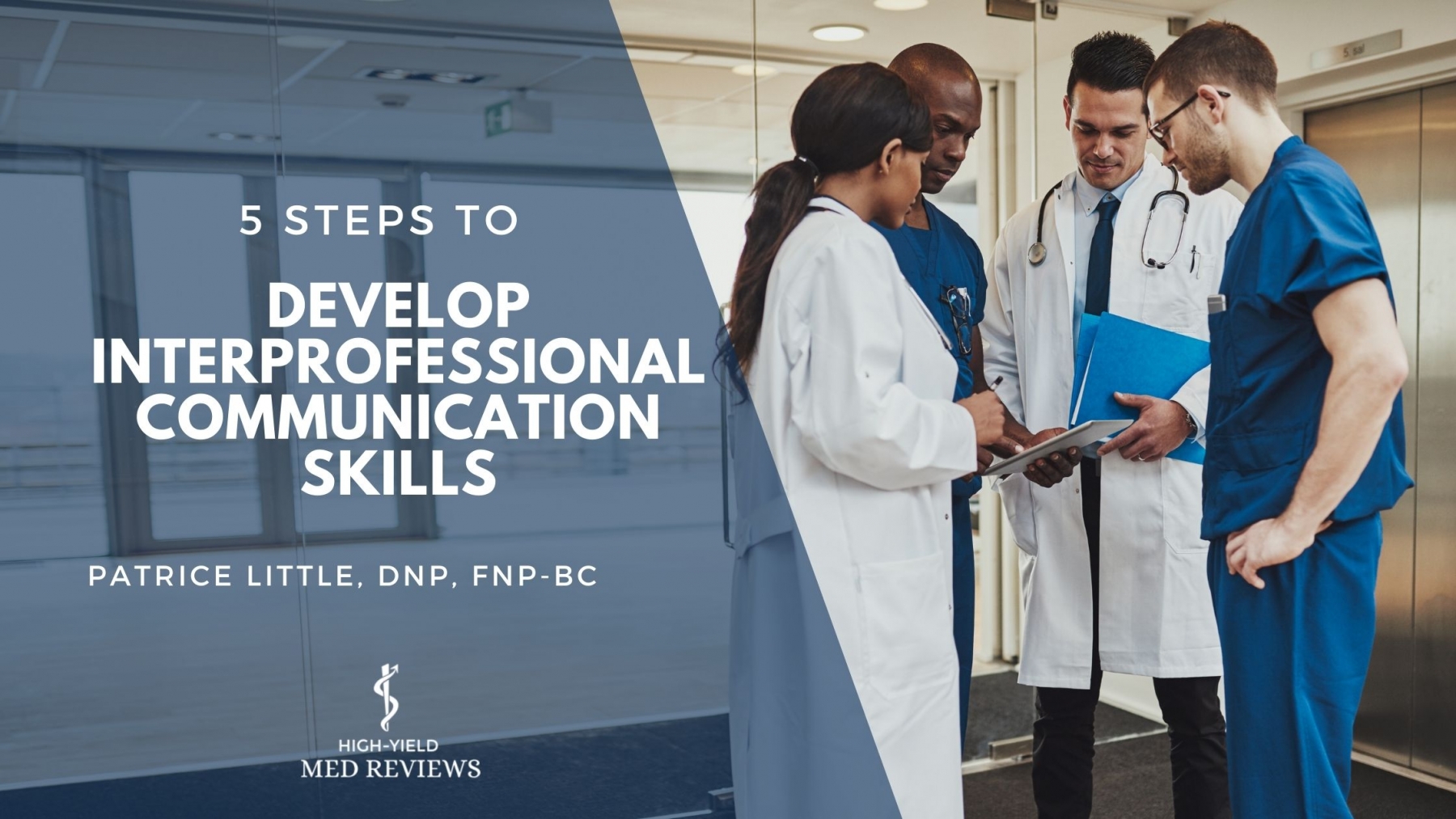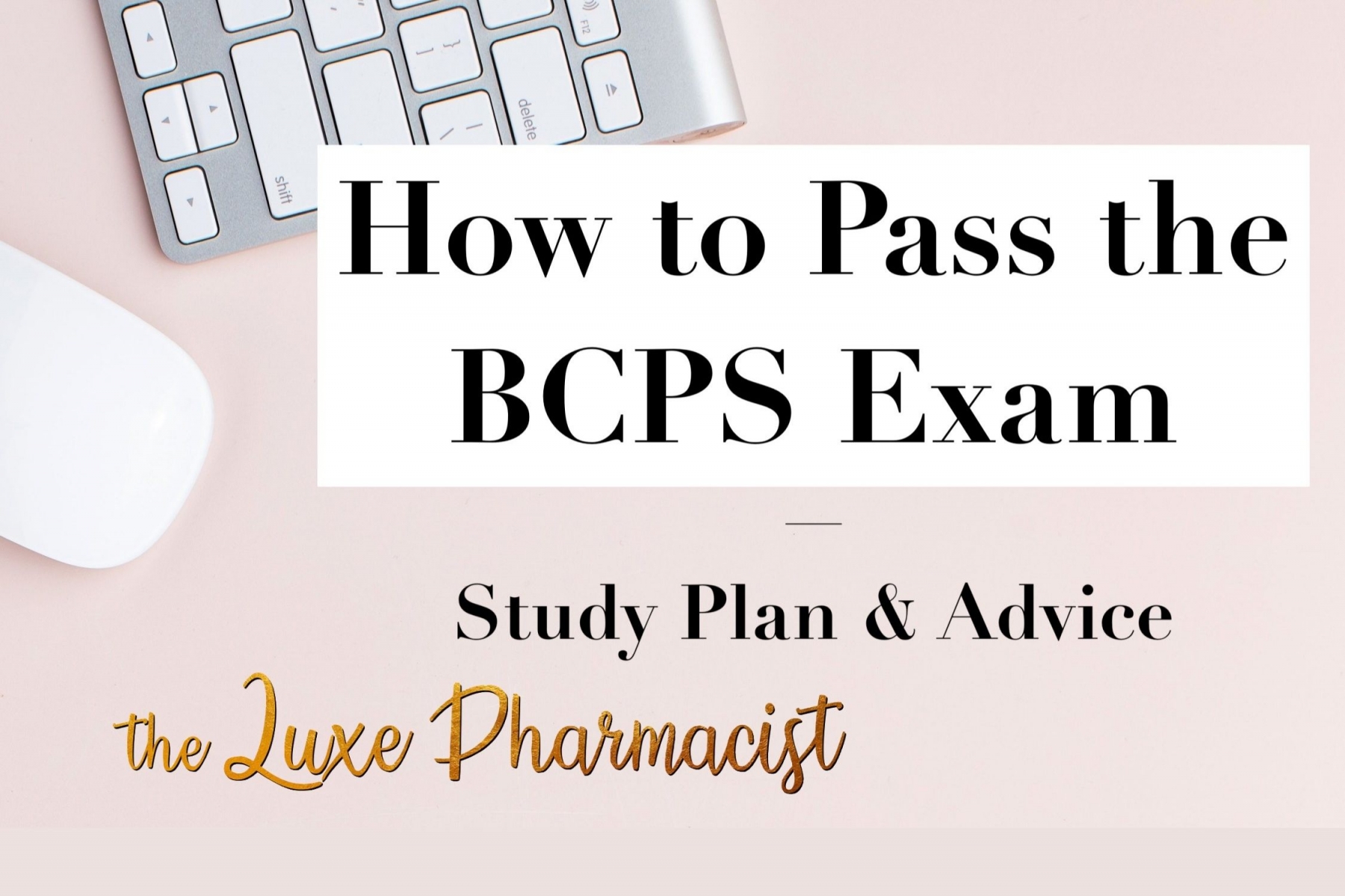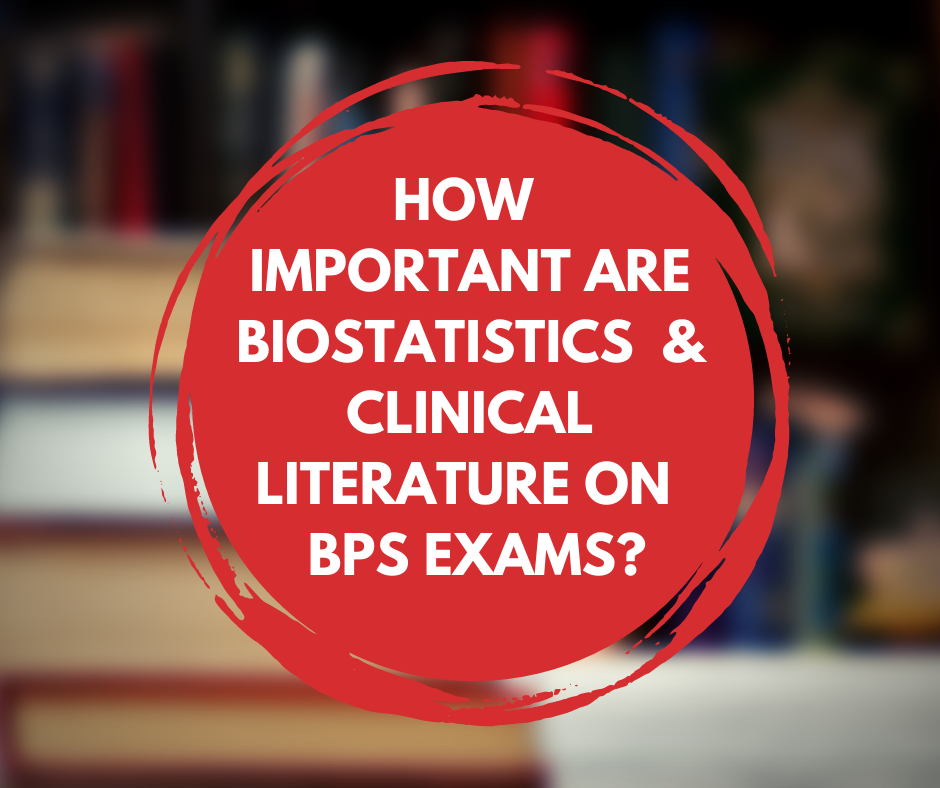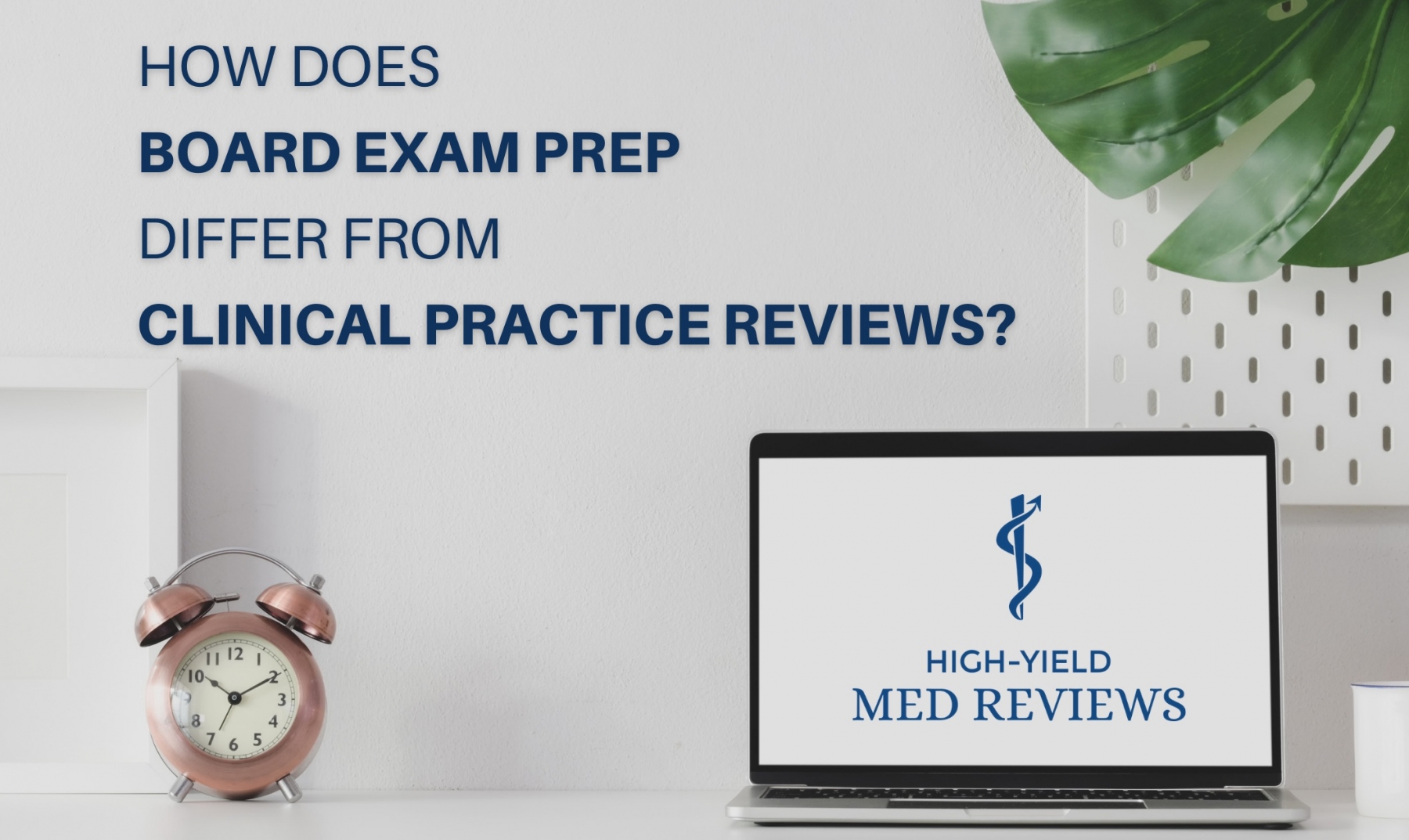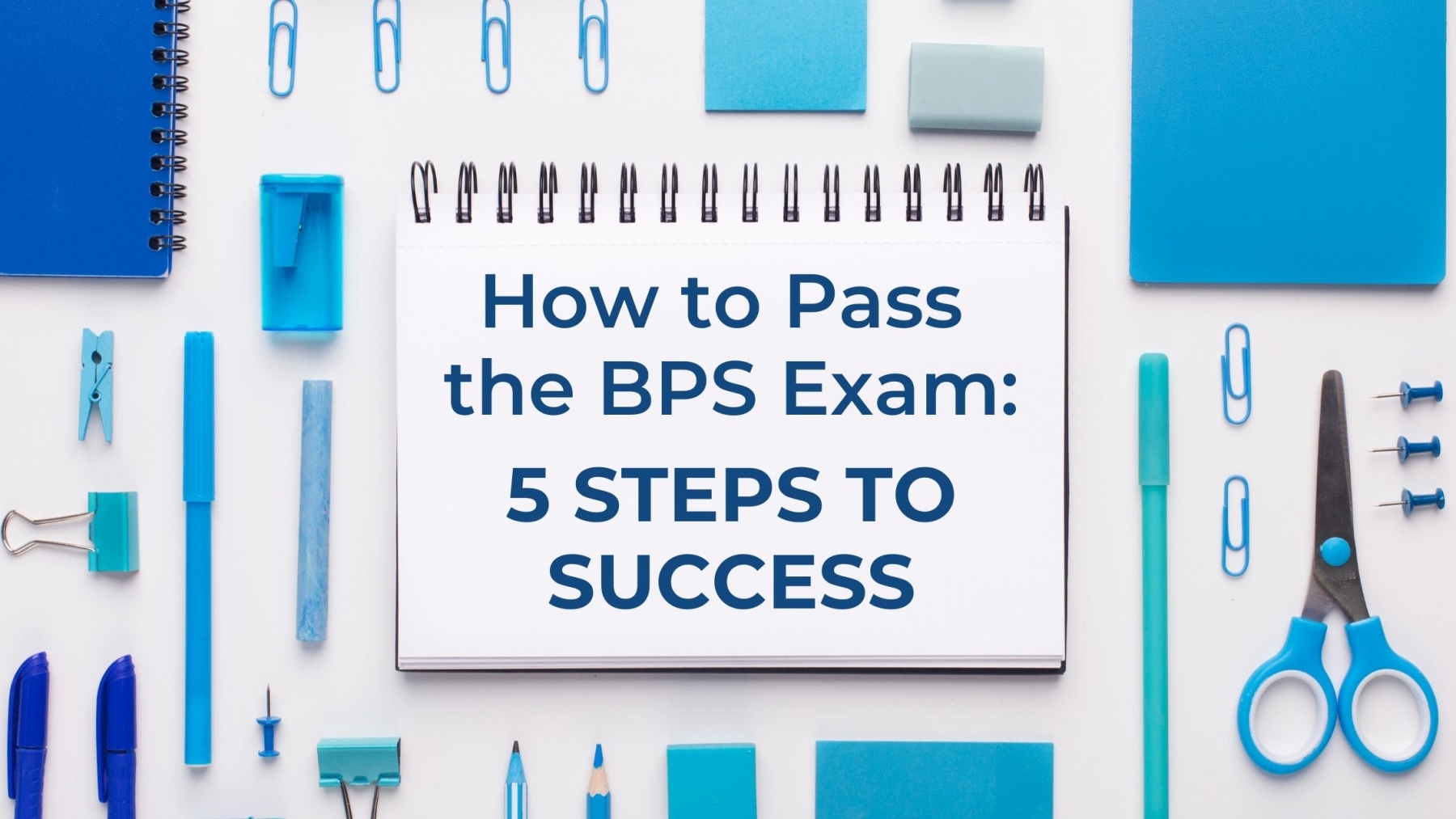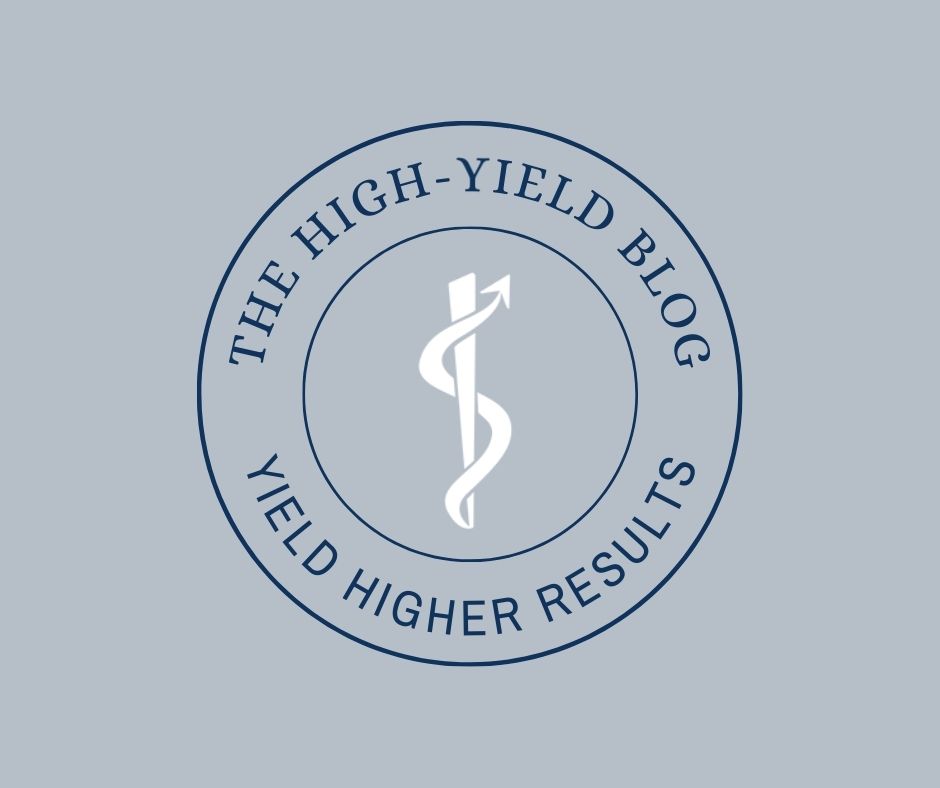- Individuals
- Medicine
- Pharmacy
- BCPS - Pharmacotherapy Review
- BCACP - Ambulatory Review
- BCCCP - Critical Care Review
- BCCP - Cardiology Review
- BCEMP - Emergency Medicine Review
- BCGP - Geriatrics Review
- BCIDP - Infectious Disease Review
- BCOP - Oncology Review
- BCPP - Psychiatry Review
- Biostatistics & Clinical Literature Reviewics & Clinical Literature Review
- MPJE Review
- NAPLEX Online Review Course
- Nurse Practitioner
- Physician Associate
- Merchandise
- Institutions
- Resources
- About Us
